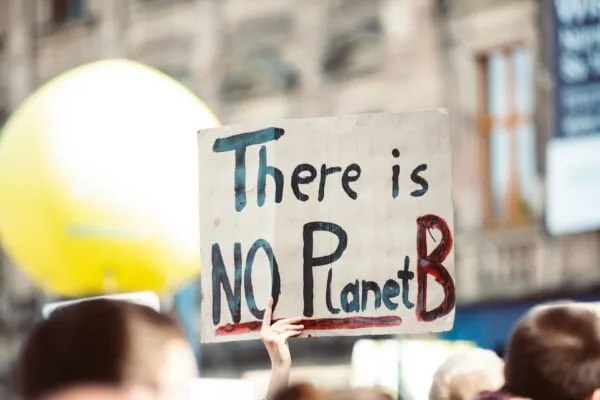|
Getting your Trinity Audio player ready...
|
By anaïs Peterson
For years we’ve been told that plastics recycling is the solution to the plastics pollution problem. We’re told to rinse it, throw it in a blue or green bin, and our work is done. But what if we told you that plastic recycling is pushed onto the public so we’d carry the responsibility for the plastic industry’s pollution problem?
From the beginning, the plastic recycling PR campaign has allowed governments and corporations to blame us, as individuals, for creating the plastic crisis by not recycling correctly or at all. It has also given them an excuse to delay any meaningful action on the plastic crisis by focusing on waste rather than plastic production, a horrifically polluting process using byproducts of fossil fuels like oil and natural gas liquids. With only 9% of all plastic ever created being recycled, it’s clear recycling is not going to reach the scale of the plastic crisis. As the plastic industry continues plastic production, the public is catching on and big oil has to change tactics.
Now the next PR push is chemical or advanced recycling, an umbrella term for a different set of technologies that are being pushed as the new solution to the plastic crisis. These technologies use heat or solvents to break down plastics into hazardous liquids or gasses, chars, oil, waxes, and toxic waste. The truth is these technologies have been around for decades and have never worked. No matter what they’re called, the reality is that these technologies are creating more pollution while doing little to address the overwhelming plastic crisis. These are not clean solutions, they’re toxic distractions.
The majority of chemical recycling facilities operating or proposed across the country use pyrolysis, or plastic burning. Pyrolysis is a type of incineration that actually creates more air and water pollution than mechanical recycling.
Right now the Ohio River Valley is a hotbed for chemical recycling facilities. Seven facilities are proposed or operating in Ohio and West Virginia, six of them are pyrolysis, or plastic burning, facilities.
Graphic from ORVI – Sources: Jess Conard, M.A., CCC-SLP (Beyond Plastics), Ohio EPA, Oil and Gas Watch, and public corporate records. Last updated 2024
These facilities are dangerous, toxic, a waste of public money, and an all around bad investment. Burning plastic releases toxic cancer-causing chemicals in the air, water, and soil including lead, mercury, dioxins, particulate matter, acidic gases and metals. These toxins can lead to a host of health concerns and disabling conditions. Studies have found workers and those living near these facilities are at the highest risk. Even food grown near incinerators can also pick up chemicals from the soil.
Chemical recycling facilities don’t create many jobs, while at the same time use public subsidies. Two existing chemical recycling facilities in Ohio have one and seven employees respectively. Continued use of public funds and subsidies to pave the way for plastic scams wastes money that could be invested into local roads, schools, and sustainable solutions.
For decades extractive corporations have come into the Ohio River Valley taking advantage of lax regulations and local tax breaks only to disappear with profits leaving us with the pollution. The story of chemical recycling would be no different but we still have a chance to stop it.

